Thousands of people suffer with low back pain every day. What can you do to help your back….or even save your back? Here are some solutions to help you kick back pain for good. There are six things that can get you on the way to less pain and more movement.
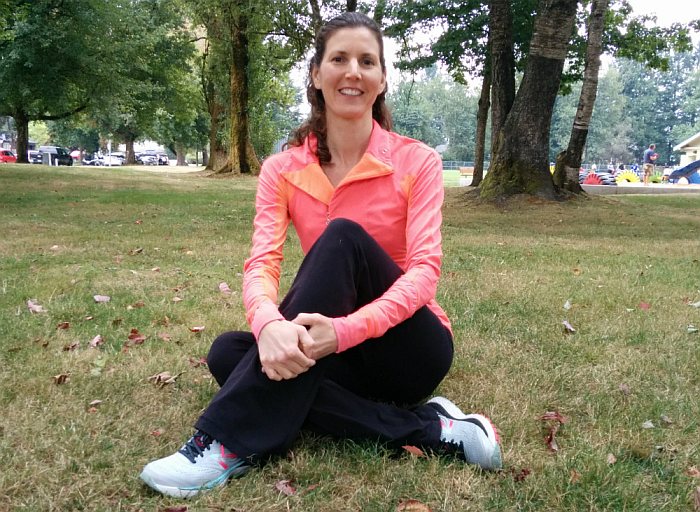
Re-train the Core
First, you need to focus on re-training your core muscles, specifically, the transverse abdominals. They switch off after a trauma or injury. These muscles play a major role in supporting your spine. You need to get the transverse abdominals to wake up and then encourage them to function normally.
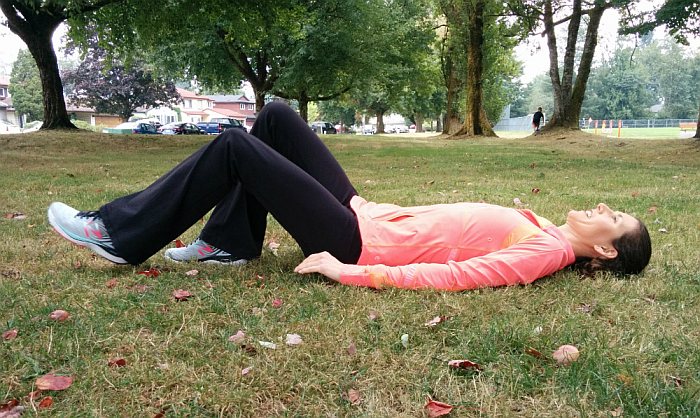
To start the work on your core, you will initially need to perform daily core exercises. Lie on your back with your knees bent and gently pull your navel towards the ground. This will activate your transverse abdominals. Hold this contraction for five seconds. Perform two sets of 10 repetitions per day. To challenge yourself, maintain this light abdominal contraction as you slowly extend a leg. Perform two sets of 10 alternating leg switches.
Strengthen
It is essential to have strong thigh and hip muscles to assist your low back, which is constantly loaded during daily physical activities. You can add thigh and hip strengthening to your exercise routine.
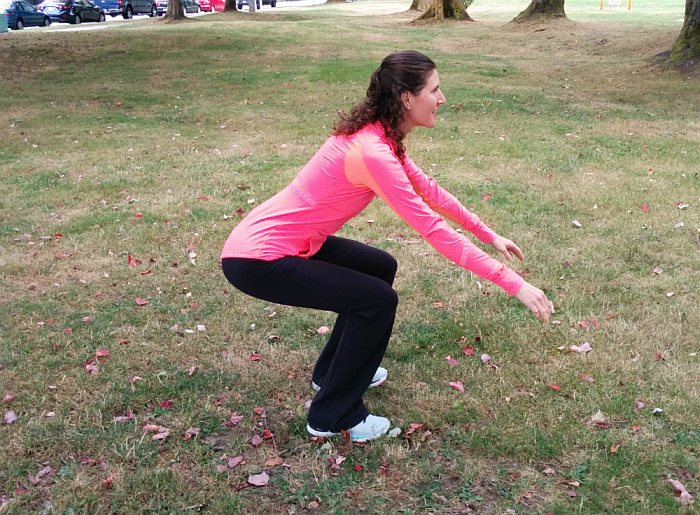
For example, when you perform a squat using good technique, the thigh and hip muscles will be doing most of the work. However, if you perform a squat using poor technique, your back will be overly stressed.
Walking
Include a 30 minute walk in your schedule per day. Regular walking will help keep your lower back and hips limber. A sedentary lifestyle can keep your lower back tight. Those 30 minutes of walking can help you maintain your day-to-day functional capabilities.
Specific Stretches
There are many stretches that can help ease back pain when performed on a consistent basis. Stretches like the cat stretch or the preacher stretch are important to do.
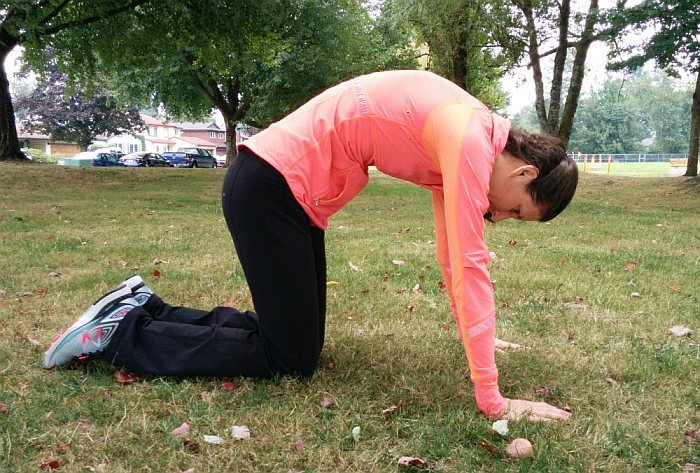
For the cat stretch start on all fours, drop your head and round your back upwards like a cat. Perform the preacher stretch by kneeling with your arms stretched in front of you. Enrolling in a yoga class can also help you to get in the stretches that you need.
The Workstation
Most North Americans spend a large amount of time at their workplace. Ensure your computer workstation is set up ergonomically. Take a look at the position of your computer monitor. If your monitor is not positioned properly (at your eye level) this can contribute to low back pain. Assess the office chair that you use. Your chair should provide adequate lumbar support. Sit in that office chair, and see if your feet can properly reach the floor. If your feet do not naturally reach the floor, you can add a footstool.
Mattresses
Test your mattress and judge its effectiveness. An older mattress can contribute to your back pain. A high quality mattresses may last for about 10 years but a lower quality mattress may only last a fraction of that time. A proper mattress should support the curves of your spine. If you need to replace your mattress, make sure you try new mattresses out in the store (yes, lie down on them). All couples should test drive a new mattress together. Any mattress purchase should include a warranty as well.
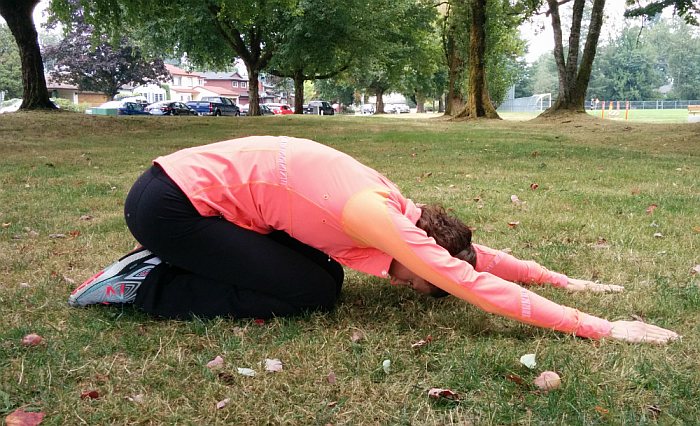
This is a starter guide to provide you with tools to combat your low back pain. Use these strategies to help you have an active lifestyle – with a reduction in back pain!
Marie Perkins is the founder of Nova Active Rehab, a team of Kinesiologists that provide rehabilitation to people who have injuries from car accidents. She is passionate about educating people about soft tissue recovery. In her spare time, she enjoys cycling and running in the trails with her husband and children.

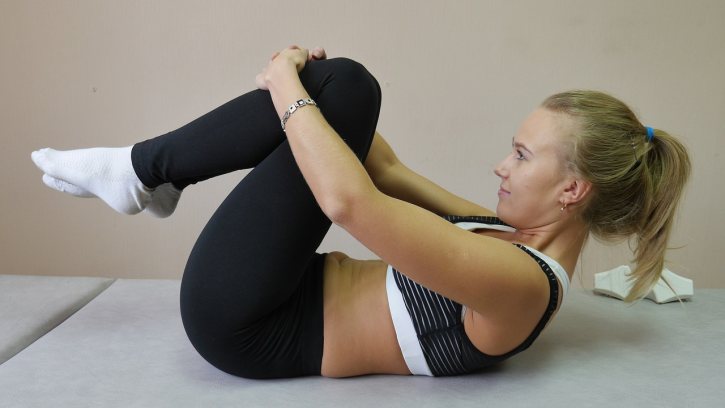
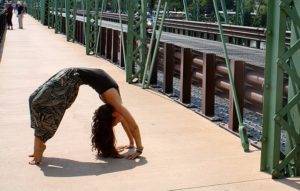
Leave a Reply